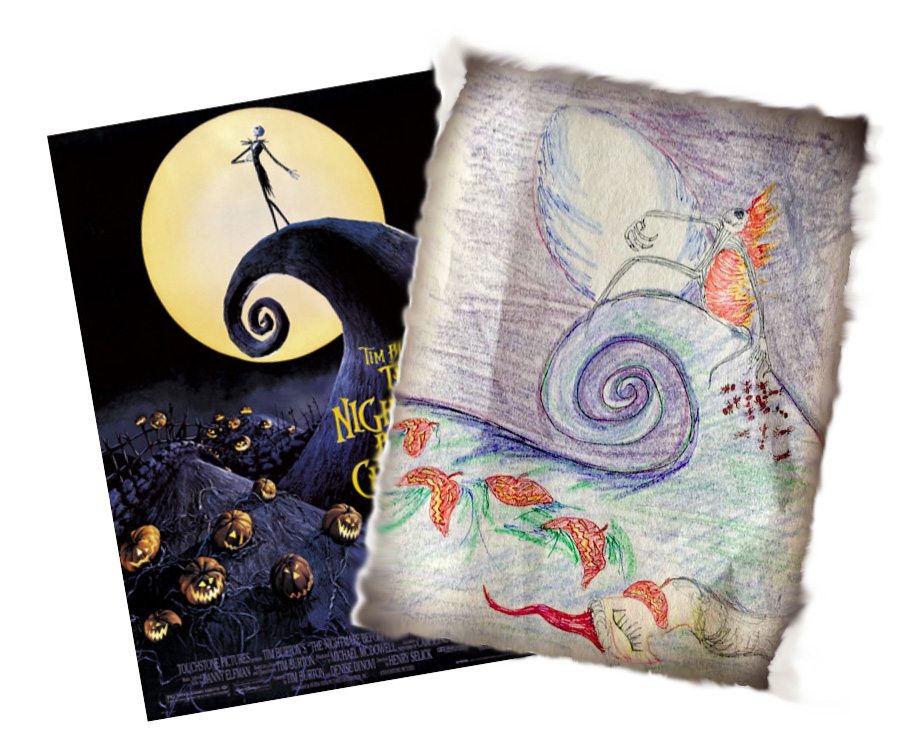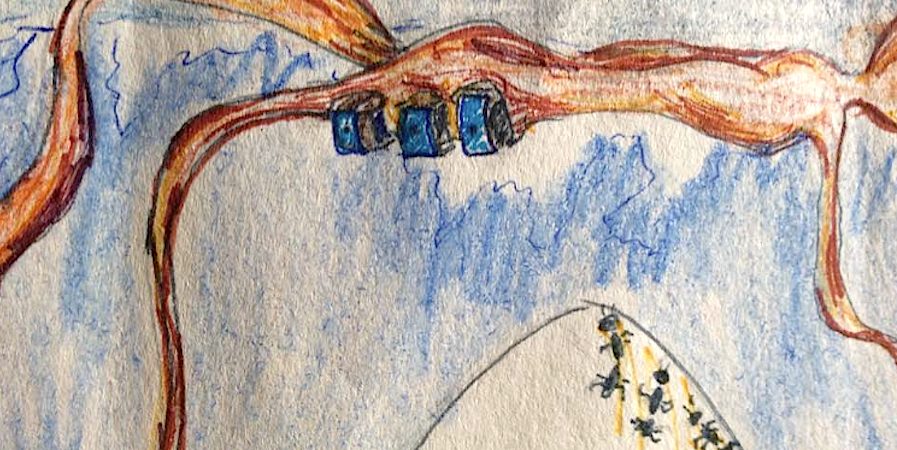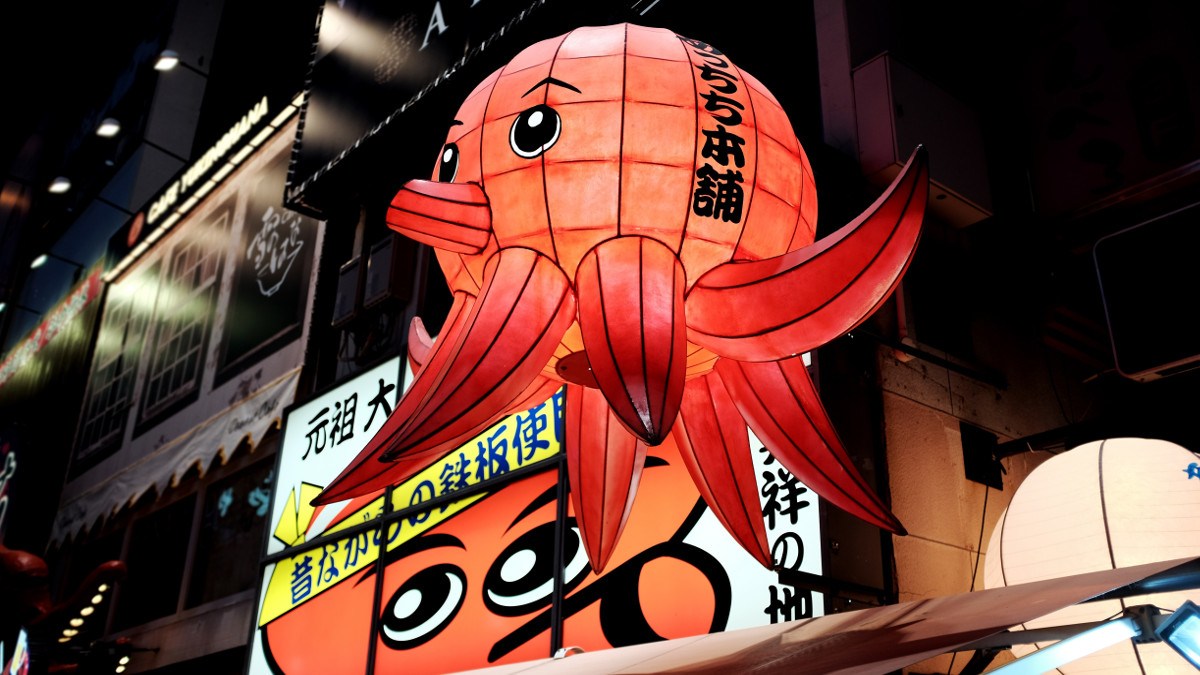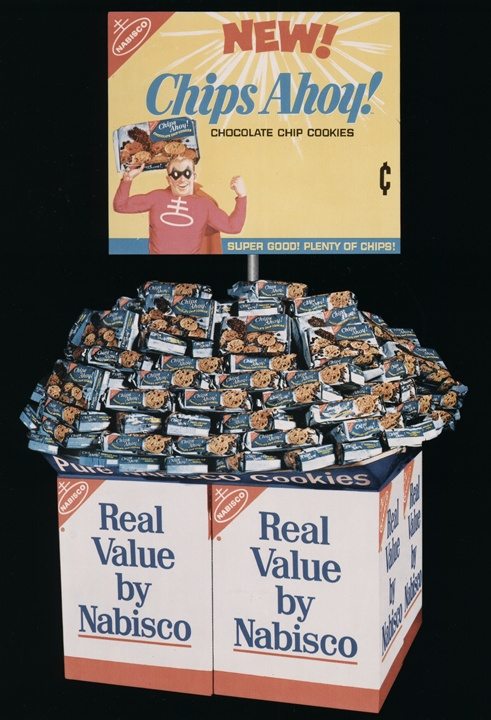
The Artist: Salvador Dalí
Salvador Dalí, whose full name is Salvador Domingo Felipe Jacinto Dalí i Domènech, Marquis of Dalí de Púbol in Figureres, was from the Spanish province of Catalonia.
Known best as a surrealist, as well as for his writings and extravagant lifestyle, even his childhood was unusual. When he was five, his parents took him to grave of his brother (who died a year before Dalí was born) and told him he was the reincarnation of his big brother. This is one of the many incidents in his growing up that helped shaped his out-of-this-world outlook on life.
He had been drawing since he was a child, and in 1916 his father hosted an exhibit of his charcoal works in the family home. In 1922, he moved to Madrid and studied at Real Academia de Bellas Artes de San Fernando. Over the years, also spent much time in Paris. He experimented with Cubism and the avant-garde style of Dada. His influences included, among many, Pablo Picasso and Joan Miró. He combined classical and modernist techniques.
His painting and sculptures are filled with recurring symbols, including the eggs that have symbolized everything from hope to death to distorted images of animals, each with their own meaning. Ants, for example, often meant death or decay. He also revisited themes. He did a variation of his most famous painting, 1931’s Persistence of Memory, known for it’s soft, melting pocket watches, in 1954, The Disintegration of the Persistence of Memory. The second painting shows his earlier painting fragmenting into bits, symbolizing a time when Dali’s interests moved from surrealism to things like science and religion.
He tried his hand at fashion design, including a “costume for the year 2045” for Christian Dior, and architecture.
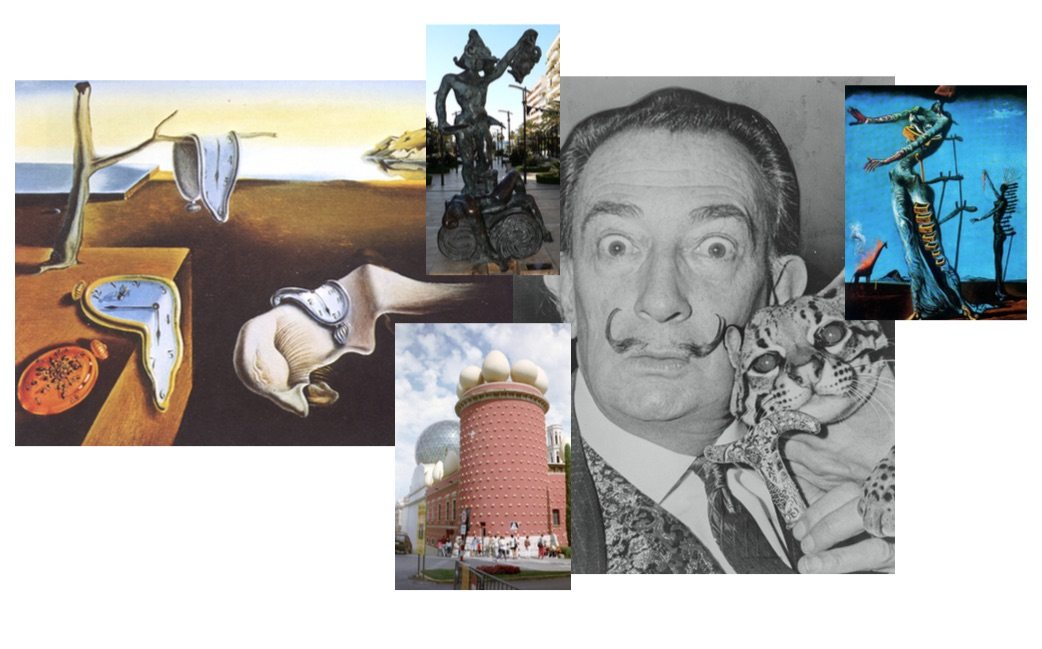
His own persona is another of his artistic creations, from his wild mustache to his colorful clothes. There was nothing in Dali’s works or his personality that could be described as conventional. Even his dinner parties with food like fish served in satin slippers and hostesses dressed like unicorns bottle-feeding a lion cub, or live monkeys running amok. He even wrote a cookbook, Le Diners de Gala, but it’s not for the squeamish.
He had a pet ocelot, named Babou, liked to keep people’s pens when he signed autographs, and sometimes spoke in his own surreal “language,” a mix of French, Spanish, and English. He liked to carry an anteater to some public appearances.
His later years had their share of both happiness and pain. At age 76, in 1980, he had developed Parkinson-like symptoms in his hand and his longtime wife, Gala, died in 1982. It was that year, he was also bestowed his title of Spanish nobility, Marquis of Dalí de Púbol, by King Juan Carlos. His last painting, The Swallow’s Tail, was completed in 1983. He died in 1989 at age 84.
Today, the places that celebrate Dalí’s one-of-a-kind imagination make sure to celebrate his flair of eccentricity. The Dalí Theatre and Museum, of which Dalí helped create, is in Dalí’s birthplace of Figureres. It not only contains one of world’s largest collections of Dali’s works, including many from his personal collection, but it also features a 3-D anamorphic room whose custom furniture resembles the face of Mae West when viewed from a certain angle.
Other highlights include the giant eggs lining the roof parapet, and the chance to see the final resting place of Dalí himself, who is buried in a crypt below the theatre’s stage. When Dalí’s remains were temporarily exhumed to gather DNA for a paternity test this summer, his remains were so well preserved even his signature mustache was still in tact.
Another museum, the Salvador Dalí Museum in St. Petersburg, Florida, offers an immersive Virtual Reality experience of Dali’s dream worlds.
These museums, like many other collections and gallery spaces dedicated to his work, hope to help visitors get a feel not just for Dalí’s talent as an artist, but also for his life as a dreamer. Dalí himself said what he would want the museum in his name to be like.
“I want my museum to be a single block, a labyrinth, a great surrealist object,” Dalí is quoted as saying in the Dalí Theatre and Museum’s official book. “The people who come to see it will leave with the sensation of having had a theatrical dream.”
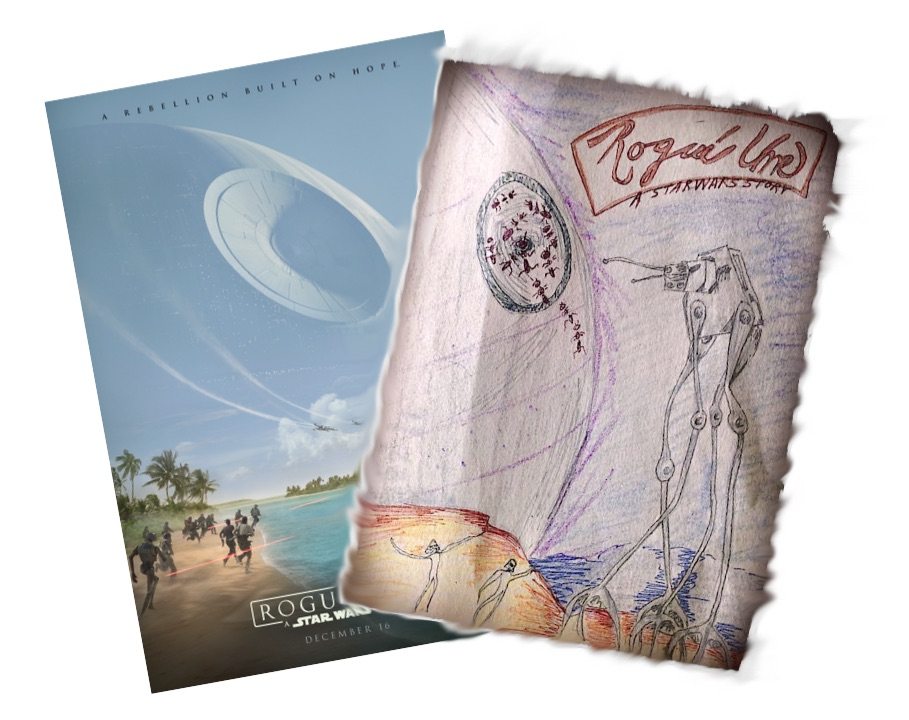
The Project: Dalí Meets the Moviemakers Concept Sketches
Being a twentieth century artist, many famous people in the entertainment industry crossed paths with Dalí, and this included the working with famous directors. His best-known piece is the dream sequence in Alfred Hitchcock’s Spellbound, based on his designs; but he was also a set designer in the nightmare sequence of the film noir crime drama Moontide, and the dream sequence for the original Father of the Bride.
He and Walt Disney talked of creating short feature in 1946, but this didn’t come to completion until 2003 with the animated short, Destino. Some of his concept sketches can be seen at the end of the short.
Imagine is Dalí were alive today, and dealt with some of today’s more eccentric directors like Tim Burton or Terry Gilliam. What if he wanted to work on something for Pixar or with George Lucas or Stephen Spielberg?
Since it isn’t very practical to try and design an entire movie sequence as an afternoon project, what if Dalí had been asked to design the movie posters for some of these directors’ famous works. What kind of concept sketch ideas would he turn in?
First, find a favorite poster, and think about incorporating some of Dali’s common symbols to represent the movie’s theme, such as:
- Eggs (hope, love, pre-natal images)
- Ants (death, decay)
- Melting clocks (the omnipresence of time)
- Crutches (reality)
- Elephants (the future, strength).

In addition, find a way to make the figures (people or creatures take on a Dalí edge). Make them elongated and give them some unnatural — or impossible —postures. In some cases, maybe only some parts of the figure, like the face, need to be seen.
Try to see how far in the realm of surreal you can go without making the work unrecognizable (keep a little of the filmmaker’s vision in there, as well).
Since this is Dalí we’re celebrating, don’t just be restricted by what is physically on the poster; draw the strange reality of what how you feel Dalí would interpret the story.
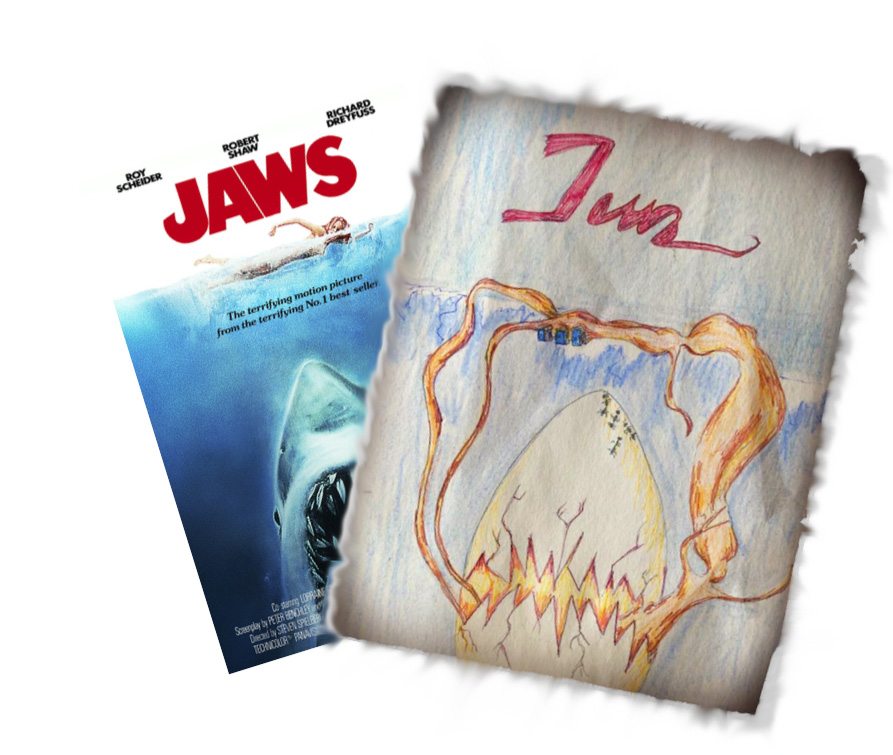
Use any type of paint, colored pencils, markers or crayons, but like any work that takes though, do everything in pencil first. Like dreams and artist’s visions, particularly someone with such a complex mind as Dalí, the initial idea may look nothing like the finished project. Since these are concept ideas, you don’t have to worry too much about capturing every detail of Dalí’s work. He was a surrealists, but his trainin
Above all, have an extravagantly fun time. Even though Dalí might be considered a “serious” artist, as one of the most famous painters and sculptors of the twentieth century, he had sense of humor to match there rest of his life.
He leaves that interpretation up to the art lover.
“It is not necessary for the public to know whether I am joking or whether I am serious,” he wrote his 1964 book Diary of a Genius, “just as it is not necessary for me to know it myself.”
